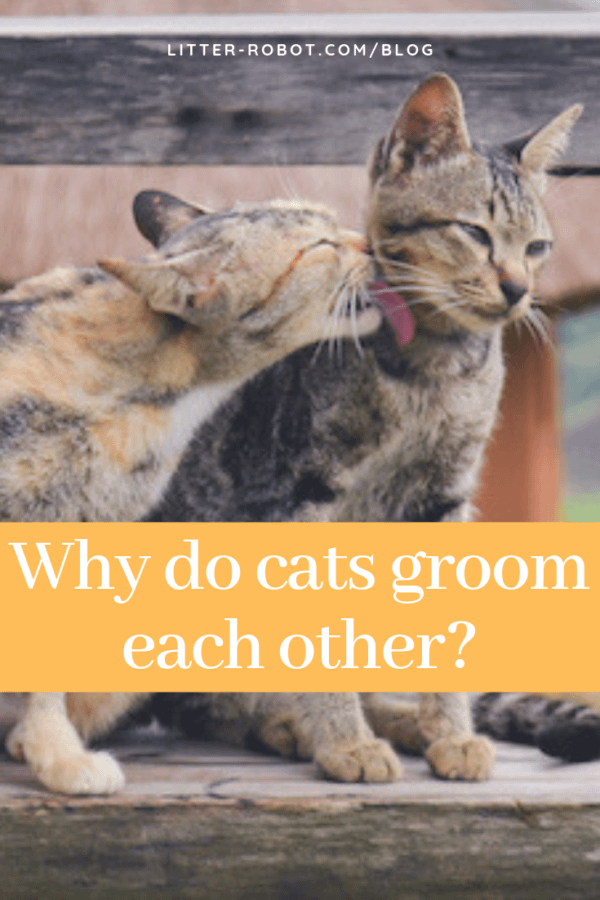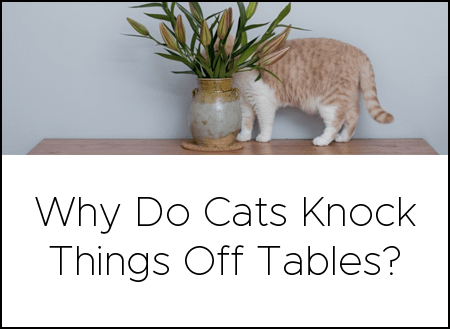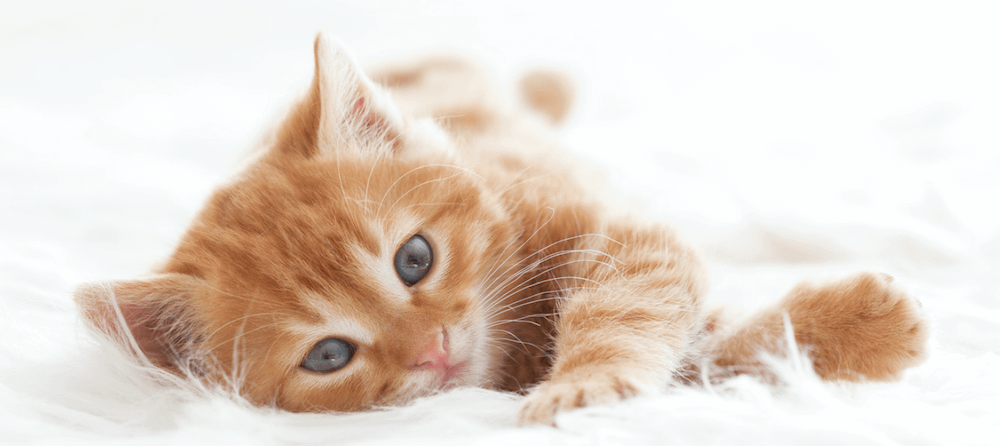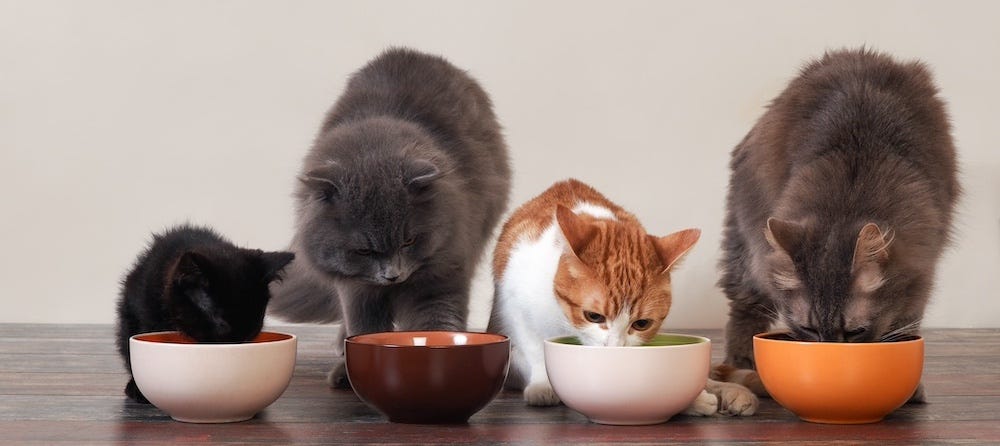Why do cats groom each other? The answers might surprise you: It’s not always about hygiene or even affection. Cats as a species participate in social grooming, also known as allogrooming. Let’s explore the various reasons why cats groom each other—the good, the bad, and the ugly.
Why do cats participate in allogrooming?
Allogrooming refers to social grooming between members of the same species. Many species, including primates, birds, and even insects, groom each other as a means of bonding and reinforcing social hierarchies.
Allogrooming in cats can be best observed in free-roaming cat colonies. A 2016 study published in the Journal of Veterinary Behavior found that “allogrooming is one of three ways cats express cohesion in colonies. The other two ways are allorubbing and transmitting scent signals.”
From observations of cat colony allogrooming, scientists have been able to conclude the following:
- While two cats may regularly engage in allogrooming together, one cat will typically give the majority of the grooming.
- Dominant, confident cats are more likely to allogroom less-dominant, less-confident cats.
- Cats typically receive more grooming from cats that are aggressive toward them.
- Two conditions co-relate with more allogrooming: higher numbers of pairs of cats living in the same space, and less aggressive behavior between cats.
Domestic cats aren’t the only felines to participate in allogrooming. Scientists have studied this behavior in lions and other big cat colonies.
Fascinating finds
Blogger KittyClysm recently gathered a comprehensive set of research on why cats groom each other. Most of her data was pulled from a 1998 study published in the Journal of Ethology. The study centered around 25 adult cats living in confinement—14 male, 11 female, all neutered or spayed.
Some of the fascinating insights pulled from the study include the following:
- Of the allogrooming sessions, 65.1% were between two males, 31.3% were males with females, and only 3.6% were two females together.
- Male cats nearly always (90.4%) acted as initiators.
- The vast majority of interactions (94%) began with one animal approaching or inviting the other animal—not when animals were already sitting or lying together.
- The majority of interactions (91.6%) were unidirectional (one cat licked and groomed the other).
- Allogrooming usually occurred in the head-neck area.
- More often (78.6% of the time) higher-ranking cats were the ones that groomed the lower-ranking cats.
- Whether cats were blood relatives did not affect frequency or duration of allogrooming sessions.
So, why do cats groom each other?
With these observations in mind, animal behaviorists have narrowed down several reasons why cats groom each other. For instance, the author of the 1998 Journal of Ethology study offers his own theory:
The author posits that “domestic cat allogrooming is likely a way for cats to redirect pent-up aggression and to reaffirm dominance in a way that’s far better (for the group) than doing so through aggressive and even violent behaviors.”
This theory makes complete sense in the context of free-roaming cats that must abide by social hierarchies in order to survive in the colony. But what about cats living the good life together as indoor pets?
Social bonding
As various studies have observed, allogrooming occurs among cats that already have a social bond. If a pair of indoor cats generally accept each other, they are more likely to engage in this kind of social grooming.
Social ranking
Often times, the dominant cat in the household will groom the others as a way of reinforcing his position in the hierarchy. You may even notice one of your cats (typically the submissive or “lower-ranking” cat) soliciting allogrooming by approaching the dominant cat, flexing his neck, and exposing the top of his head or back of his neck.
Familial affection
Although the 1998 study found that “allogrooming does not seem to have anything to do with whether cats are siblings, parent-and-child, cousins, or relations of any kind,” there is plenty of anecdotal evidence of the bonds formed between cats of the same litter, a mother cat and her kittens, and more. This may only come into play among domesticated cats—feral cat colonies are far less likely to show loyalty to bloodlines.
Why do cats groom each other? The answer isn’t exactly straightforward. We now know that hygiene doesn’t usually play a role in allogrooming—instead, this behavior can be seen as social acceptance and even dominance in the context of the group.
Sources:

Recommendations








